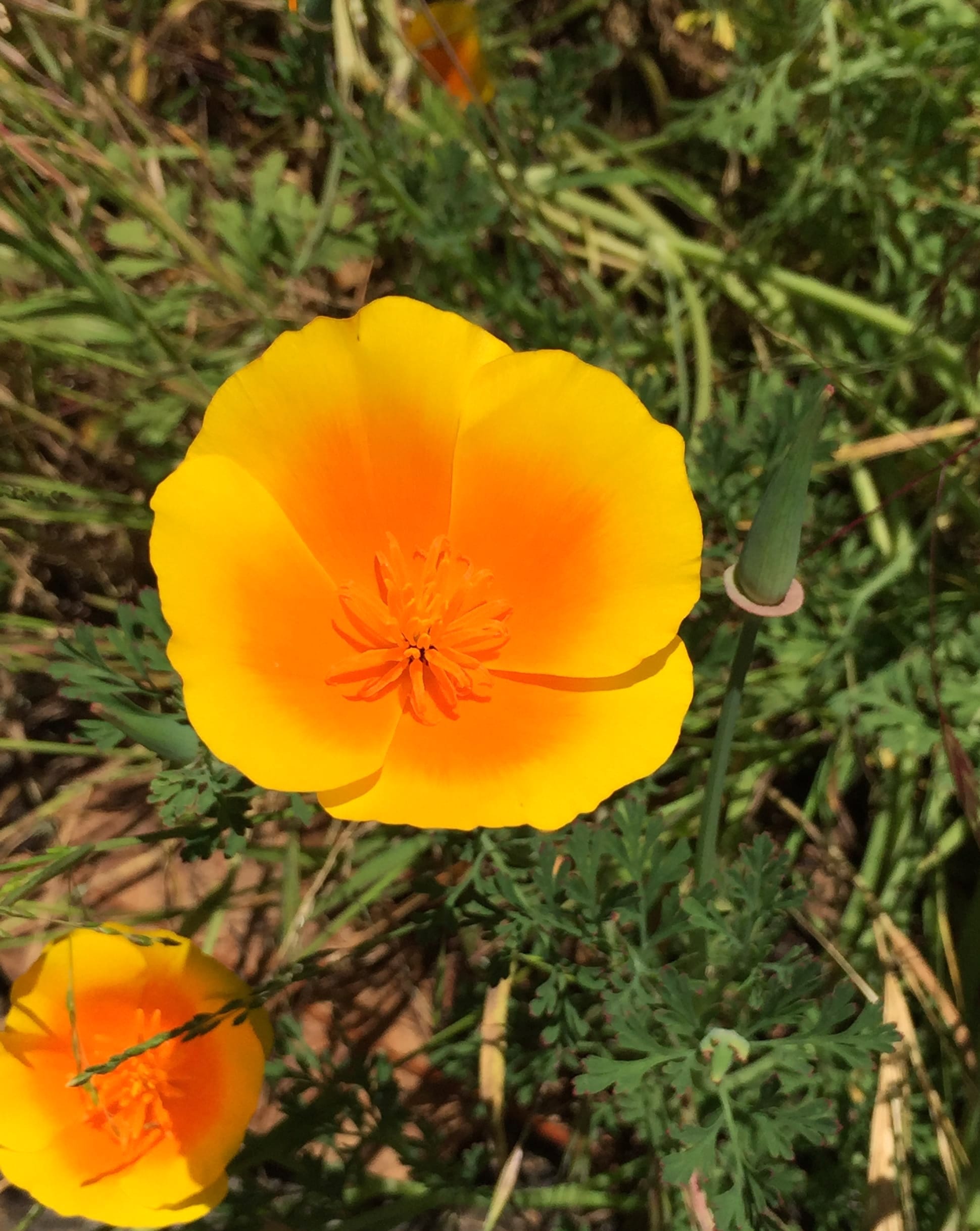
Inspiration
Words, images, and sounds that spark
Whenever I read magazines like The New Yorker or The Atlantic, it's often the articles in the Personal History or Family or Modern Love columns that catch my attention, compel me to click through, and peruse the entire pieces. Amidst the dizzying world affairs headlines that feature mostly white men in offices that are deemed significant and news-worthy (okay I read Wall Street Journal and Financial Times too), these personal essays are composed of voices closer to my own.
These nonfiction pieces, usually long-form, represent stories of the much more diverse, magical, relentless, and inexplicable lives that most us lead. They are as personal as they are universal, and often unabashedly truthful: A deeply personal essay on a religion-and-substance-infused Texas upbringing of a Filipino-American reporter with often biting commentaries on everything from marijuana to marriage to music; a Singaporean novelist's exquisitely vulnerable, real-life account of raising children and its resemblance to writing fiction; or a heart-wrenching memoir from a Chinese-born, English-only writer who lost both of her teenage sons to suicide and explores "ways in which words fail but are still necessary."
These stories of the individual really are those of the collective, and distant from the men in offices that headlines spotlight. However, they are just as "news-worthy." They represent a vast and nebulous layer of social fabric beneath the veneer of economy, growth, and politics. A world that worships power and effectiveness on the surface must be underpinned by journal pages, therapy rooms, and support groups, spaces that allow a more candid and complex picture of the human experience to unfold. Nonfiction narratives gently bring me to these spaces. They portray the internal, humble, and redemptive side of our collective nature - Adam II in Joseph B. Soloveitchik's book The Lonely Man of Faith - that David Brooks argues is often neglected by a culture that favors the external and ambitious Adam I. They bring to light the motifs that we're often inarticulate about.
I'm so drawn to these stories, perhaps out of an innate curiosity about other people's lives, but more accurately, the continuing identity as an incredibly flawed outsider who peeks into the American lives and hopes to find some semblance of belonging. Even though I've been living in the States for half of my life now, and consider myself well integrated into many aspects of its culture, I still seek out these stories for assurance and connection.
I often wonder, why only in arts and literature are we allowed to be vulnerable, but not in business, politics, or academia? And why does creativity, along with the vulnerability that it so naturally creates space for, matter? Ethan Hawke inquires:
Most people don't spend a lot of time thinking about poetry, right? They have a life to live, and they aren't really that concerned about Allen Ginsberg's poems or anybody's poems... until their father dies, and they go to a funeral; you lose a child; somebody breaks your heart, and they don't love you anymore. All of a sudden, you're desperate for making sense of this life. 'Has anybody ever felt this bad before? How did they come out of this cloud?' Or the inverse, something great; you meet somebody and your heart explodes. You love them so much that you can't even see straight. You're dizzy. 'Did anybody feel like this before? What is happening to me?' And that's when art's not a luxury; it's actually sustenance. We need it.
As a reader of nonfiction stories, I seek them out for assurance of belonging. As a writer, I create them to invite connection.
Back in early 2010s, I was in my mid twenties, new to San Francisco with eyes and heart wide open. As youthful a city as San Francisco always had been, the old soul in me devoured a lot of nonfiction books and blogs at the time, usually from writers many years older than me. Only a few years into my time in America, I felt the need to dig into the brains of those with more lived experiences in this country under their belt.
David Foster Wallace said that good nonfiction essays "are occasions to watch somebody reasonably bright, but also reasonably average, pay far closer attention and think at far more length about all sorts of different stuff than most of us have a chance to in our daily lives.” The nonfiction authors that I read moved me so much that they not only made me feel less alone, but also became guideposts for me as a writer. It was beautiful to watch them pour their hearts into their creation.
A few examples include Tim Kreider's We Learn Nothing and its humorous yet piercing insights into the human condition, Cheryl Strayed's poignant Tiny Beautiful Things that made me both ugly laugh and ugly cry, and Tim Urban's Wait But Why featuring his simple yet compelling long-form essays (and stick-figure drawings) about pretty much everything.
Nonfiction work about the natural and social sciences drew me in as well. (I crave stimulation for both the left brain and right brain.) Lewis Thomas' The Lives of a Cell: Notes of a Biology Watcher, which inspired the name of the journal you're reading, is a classic that's stayed with me since teen years. Irvin Yalom's Love Executioner: & Other Tales of Psychotherapy and Viktor Frankl's Man's Search for Meaning were among the first books that ignited a vision of calling psychotherapy my life's work. (I have since given up on that path but still consider these books highly relevant.) When dark times inevitably arrived, Neal Donald Walsch's Conversations with God series (particularly book 1, which I devoured in two days), along with Don Miguel Ruiz's The Four Agreements, cultivated an enchanting spiritual garden that soothed an aching heart.
Curiously, I've never absorbed fiction in written forms nearly as much as in visual forms, i.e., films, TV series, and even video games. Perhaps some rare exceptions would include David Eagleman's sublime Sum: Forty Tales from the Afterlives, and Antoine de Saint-Exupéry's bittersweet The Little Prince (another childhood favorite that withstood the test of time). But stunning films like the Before trilogy and Waking Life by Richard Linklater, Spirited Away by Hayao Miyazaki, Cinema Paradiso by Giuseppe Tornatore, Moonlight by Barry Jenkins are just a few of the many, many motion pictures that offer thematic and artistic inspiration to my writing. (Any fans of A24 films out there? Let's chat.) Distinct examples of video games as art that did the same for my creative process include Inside from the Danish publisher Playdead, Firewatch from the developer Campo Santo, and The Witness from developer/publisher Thekla, Inc.
Fiction or nonfiction, written or visual, these creative forms touch on universal matters of memories, dreams, nostalgia, belonging, the concept of home, grief and loss, and much more. They dare brush up against the "why" behind many questions that living gifts us, and I admire their creators' unique courage to lay bare the ambiguous, mosaic, and even nonexistent answers to these questions.
Savoring these words? Become a member of Fieldnotes from a Watcher and access more creative nonfiction essays exploring life's timeless moments that are as personal as they are universal.
